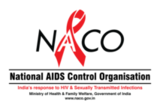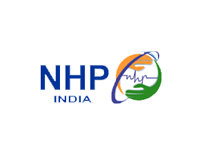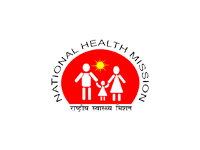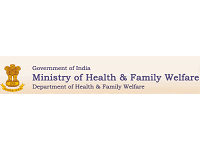Information, Education & Communication
Communication is the key to generating awareness on prevention as well as motivating access to treatment, care and support. With the launch of NACP IV, the impetus is on standardising the lessons learned during the third phase. Communication in NACP IV is directed:
- To increase knowledge among general population (especially youth and women) on safe sexual behaviour
- To sustain behaviour change in at risk populations (high risk groups and bridge populations)
- To generate demand for care, support and treatment services
- To strengthen the enabling environment by facilitating appropriate changes in societal norms that reinforces positive attitudes, beliefs and practices to reduce stigma and discrimination
Key Activities
Mass Media Campaigns: An annual media calendar was prepared to strategize, streamline and synergise mass media campaigns with other outreach activities and mid-media activities. NACO released campaigns on voluntary blood donation, condom promotion, sexually transmitted infections, stigma and discrimination amongst healthcare providers and PPTCT on Doordarshan, cable and satellite channels, All India Radio and FM radio networks. To amplify the reach of mass-media campaigns innovative technologies were also utilised like dissemination of advertisements through movie theatres.
Long Format Programmes
The State IEC teams conducted various long format programmes like phone-ins and panel discussions on HIV related issues through regional networks of All India Radio and Doordarshan. These programmes reached out to a large audience.
Advertisement through Newspapers
Newspapers have good recall value on the day of event, and also reach out to a larger number of readers. Both NACO and SACS release advertisements in newspapers to disseminate information and create awareness.
Outdoors
Outdoor activities like hoardings, bus panels, pole kiosks, information panels, and panels in railways and Metro trains were implemented by the State AIDS Control Societies, condom social marketing organisations of NACO and under link worker’s scheme to disseminate information on HIV prevention and related services. NACO has developed a well-coordinated plan involving different agencies to avoid duplication of activities.
MID MEDIA
Folk Media and IEC Vans
Folk media engages audiences using their own cultural contexts. Previous years have witnessed carefully thought-out national folk media campaign planning including script-writing workshops to ensure synergy between key messages and elements of folklore into the performances. A mix and match of seven thematic areas and the popular folk forms was used for the roll-out. The messages were vetted by the technical experts in NACO for accuracy, effectiveness and consistency.
Folk media also used efficiently to piggyback on events organised in States during major festivals like Navratra, Durga Puja, Ganesh Chaturthi, Pongal, State specific big fairs and important cultural occasions reached out to readily available large gatherings in urban and semi urban areas.
YOUTH
Adolesence Education Programme
This programme runs in secondary and senior secondary schools to build-up life skills of adolescents to cope with the physical and psychological changes associated with growing up. Under the programme, sixteen hour sessions are scheduled during the academic terms of classes IX and XI. SACS have further adapted the modules after State consultations with stakeholders, such as NGOs, academicians, psychologists and parent-teacher bodies. This programme is being implemented in 31States and till date more than 50,000 Schools have been covered.
Red Ribbon Clubs
The purpose of Red Ribbon Club formation in colleges is to encourage peer-to-peer messaging on HIV prevention and to provide a safe space for young people to seek clarifications of their doubts and on myths surrounding HIV/AIDS. The RRCs also promote voluntary blood donation among youth. About 14,000 clubs are functional and are being supported for these activities; which includes 459 RRCs started in 2014-15

























